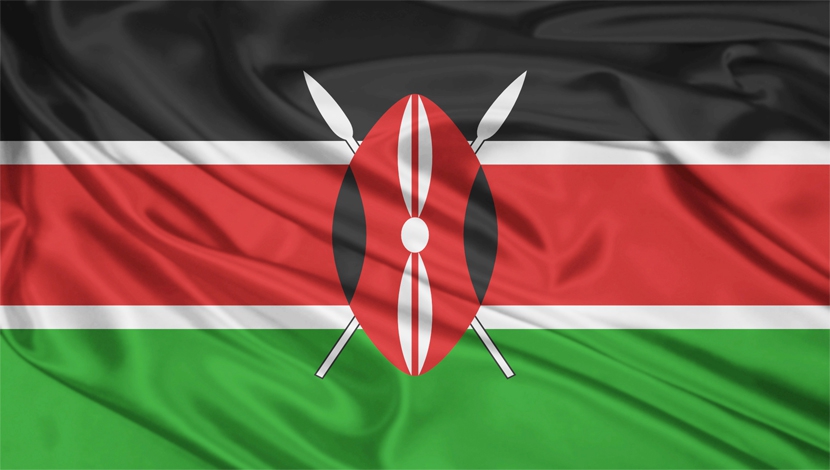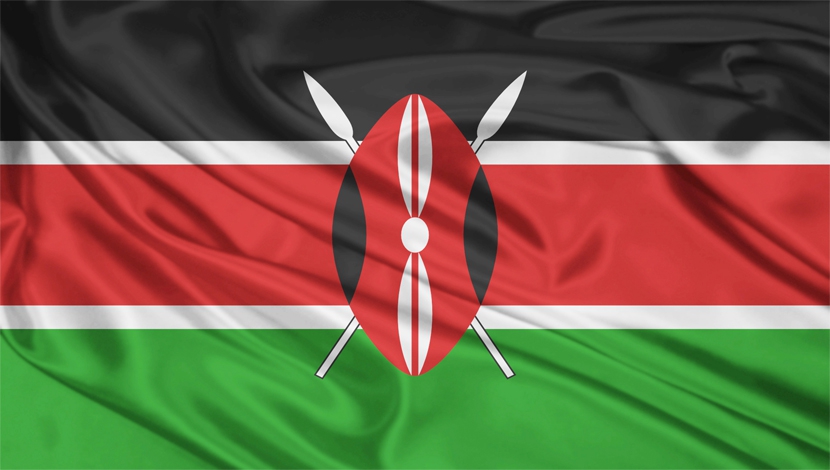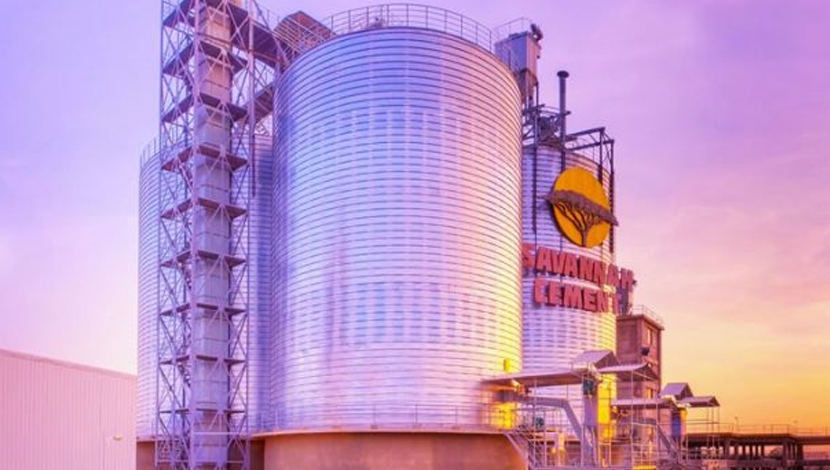

Kenya is readying for a new era in railway transport with the impending commissioning of a standard-gauge railway (SGR) line on June1.
The East African nation has depended on a dilapidated 1-m-gauge railway system for over a century, but that will change, following completion of the $3.8-billion 472-km SGR line from Mombasa to Nairobi.
“The SGR line is the largest infrastructure project in post-independence Kenya. It’s commissioning will mean low freight transport costs, which is a good development for the economies of the region,” Kenya Railways MD Atanas Maina said.
The line, constructed by China Communications Construction Company (CCCC), has the potential to reduce transport costs by as much as 35%. Australia-based construction company John Holland, a CCCC subsidiary, is contracted to operate the SGR line.
Apart from the new line, Kenya intends to construct a 3 500-km SGR network under the Railways Master Plan that will connect the country to Uganda, South Sudan and Ethiopia.
Maina says the Mombasa–Nairobi line is critical for the development of Kenya because it will provide a faster, more efficient transport mode for freight in the northern corridor, the main transport route for cargo destined for Kenya, Uganda, Rwanda and parts of the DRC.
The commissioning of the line comes at a time when cargo traffic at the Mombasaport is increasing – up 2.4% from 26.7-million tons in 2015 to 27.3-million tons in 2016.
The SGR line is designed to carry 22-million tons of cargo a year, equivalent to 40% of Mombasaport’s throughput.
In anticipation of increased container throughput at the port, the Kenya government is modernising and expanding the inland container depot (ICD), in Nairobi.
The second phase of the SGR project will see the line being extended 120 km from Nairobi to Naivasha at a cost of $1.5-billion, funded by a loan from the Chinese government.
Kenya has also signed construction agreements with CCCC covering Phase 2B, from Naivasha to Kisumu, and Phase 2C, from Kisumu to Malaba, on the Uganda border.





